bubble column bioreactor – Working ,Design, Types, Parts ( pdf) 5.0
Article Contents
Unveiling the Marvels of Bubble Column Bioreactors: A Journey into Sustainable Bioprocessing
In recent decades, biotechnological advancements have revolutionized various industries by harnessing the power of microorganisms to produce valuable products and sustainable solutions. The ever-growing demand for eco-friendly and cost-effective bioprocessing methods has led to the development of innovative technologies, one of which is the bubble column bioreactor. In this article, we will explore the concept, design, applications, and advantages of bubble column bioreactors, shedding light on their unique role in shaping the future of sustainable bioprocessing.
Bubble Column Bioreactors
A bubble column bioreactor is a cylindrical vessel used to cultivate and sustain microbial cultures for bioprocessing purposes. It functions on the principle of mass transfer through a continuous flow of gas bubbles, typically air or a mixture of gases, rising through a liquid medium containing the desired microorganisms. The bubbles provide oxygen and agitation to the culture, promoting microbial growth and enhancing the production of target substances, such as biofuels, pharmaceuticals, enzymes, and organic acids.
Working Bubble Column Bioreactors
The working of a bubble column bioreactor involves the cultivation of microorganisms in a liquid medium with the aid of rising gas bubbles. The process takes place in a cylindrical vessel known as the bubble column, and it relies on mass transfer mechanisms to provide essential nutrients and gases to the microorganisms for their growth and metabolism.
Here’s a step-by-step explanation of the working of a bubble column type of bioreactor:
- Introduction of Microorganisms: The process begins by introducing the desired microorganisms into the bioreactor. These microorganisms could be bacteria, yeast, algae, or any other cell type suitable for the intended bioprocess.
- Gas Sparging: Gas, usually air or a mixture of gases (depending on the process requirements), is supplied to the bioreactor at the bottom through a device called a sparger. The sparger releases small bubbles into the liquid medium.
- Formation of Bubbles: The gas bubbles rise through the liquid medium due to buoyancy. As they ascend, they create a continuous flow of gas, moving towards the top of the bioreactor.
- Oxygen Transfer: As the bubbles rise through the liquid, they come into contact with the microorganisms. One of the primary functions of the rising bubbles is to provide oxygen to the microorganisms, facilitating aerobic metabolism. Oxygen is essential for the growth and energy production of aerobic microorganisms.
- Agitation and Mixing: The upward movement of gas bubbles results in gentle agitation and mixing of the liquid medium. This helps in distributing nutrients and preventing the settling of microorganisms at the bottom of the reactor. However, it’s important to note that the mixing in a bubble column bioreactor is generally less intense compared to mechanically stirred bioreactors.
- Carbon Dioxide Removal: As the gas bubbles rise through the liquid, they carry away carbon dioxide and other gaseous by-products produced during microbial metabolism. This removal of carbon dioxide helps in maintaining an optimal pH level in the culture medium.
- Monitoring and Control: Throughout the process, various parameters such as temperature, pH, dissolved oxygen levels, and nutrient concentrations are continuously monitored and controlled. Maintaining appropriate conditions is crucial to optimize microbial growth and product formation.
- Harvesting: Once the desired fermentation or growth period is complete, the processed culture, containing the desired product or metabolites, can be harvested from the top of the bubble column bioreactor.

Standard and Codes
Some important standards and guidelines related to bioreactors, which may encompass bubble column bioreactors, include:
- Good Manufacturing Practice (GMP): GMP guidelines are a set of quality assurance practices and guidelines aimed at ensuring that pharmaceutical and biotechnological products are consistently produced and controlled to meet quality standards.
- International Conference on Harmonisation of Technical Requirements for Registration of Pharmaceuticals for Human Use (ICH): ICH guidelines provide recommendations for the development, registration, and post-approval maintenance of pharmaceutical products.
- American Society for Testing and Materials (ASTM): ASTM International develops and publishes technical standards for various industries, including bioprocessing and biotechnology. While there may not be a specific standard solely for bubble column bioreactors, some relevant ASTM standards may apply to certain aspects of their design and operation.
- International Organization for Standardization (ISO): ISO develops and publishes international standards for various industries. Although there may not be a dedicated ISO standard for bubble column bioreactors, general bioprocessing standards (e.g., ISO 14644 for cleanrooms) may have relevance to bioreactor facilities.
- United States Pharmacopeia (USP): The USP sets standards for the identity, strength, quality, and purity of medicines, food ingredients, and dietary supplements. It includes specific requirements for biotechnological products and processes.
- European Pharmacopoeia (Ph. Eur.): Similar to the USP, the European Pharmacopoeia sets standards for the quality of medicines and pharmaceutical ingredients in European countries.
Bubble Column Reactor Design
Designing a bubble column bioreactor involves determining the key dimensions and operating parameters required for the specific bioprocess. Below are the step-by-step guidelines and the relevant formulas for designing a bubble column bioreactor:
Step 1: Define the Process Requirements
- Identify the type of microorganism or cell culture to be cultivated.
- Determine the desired production volume and productivity.
- Understand the process conditions, including temperature, pH, and oxygen requirements.
Step 2: Calculate the Volume of the Bioreactor
The volume of the bioreactor (V) is calculated based on the desired production volume (Vp) and a safety factor (SF) to account for variations and potential scale-up:
V = Vp * SF
Step 3: Determine the Gas Flow Rate (Qg)
The gas flow rate (Qg) required for efficient aeration and oxygen transfer depends on the oxygen demand of the microorganisms and the specific process requirements. It can be calculated using the following formula:
Qg = (Vp * OTR) / (ε * YO2)
Where:
OTR = Oxygen Transfer Rate (desired rate of oxygen transfer, usually given in mmol/L/h)
ε = Oxygen Transfer Coefficient (dimensionless, typically ranges from 0.2 to 0.4 for bubble column bioreactors)
YO2 = Oxygen Yield Coefficient (the amount of oxygen required per unit of biomass produced, usually given in mmol of O2/g of biomass)
Step 4: Calculate the Column Cross-Sectional Area (A)
The cross-sectional area of the bubble column (A) is essential for determining the column diameter. It can be calculated as follows:
A = Qg / (v * N)
Where:
v = Superficial Gas Velocity (the velocity of gas bubbles rising through the liquid, typically in cm/s)
N = Number of Circulation Loops (assumed to be 1 for a single-loop bubble column)
Step 5: Determine the Column Diameter (D)
The column diameter (D) can be calculated using the cross-sectional area (A) and assuming a circular cross-section:
D = √(4 * A / π)
Step 6: Calculate the Liquid Height (H)
The liquid height (H) is determined based on the required liquid volume and the column diameter:
H = V / (π * (D/2)^2)
Step 7: Check for Minimum Bubble Size
Ensure that the bubble size (db) is large enough to avoid coalescence. The minimum bubble size (db_min) can be estimated using the Eotvos equation:
db_min = 8 * (σ / (ρg * g))^0.5
Where:
σ = Liquid-gas surface tension (usually in N/m)
ρg = Gas density (usually in kg/m³)
g = Acceleration due to gravity (usually in m/s²)
Step 8: Check for Maximum Bubble Size
Ensure that the bubble size (db) is small enough to promote efficient mass transfer. The maximum bubble size (db_max) is determined based on the Kolmogorov scale (ε^0.5), where ε is the turbulent kinetic energy:
db_max = 0.1 * (ε^0.5)
Step 9: Finalize Design Parameters
- Based on the calculated values, select appropriate values for gas flow rate, column diameter, liquid height, and bubble size.
- Determine the material and construction specifications for the bioreactor considering factors like material compatibility and sterilization requirements.
Step 10: Incorporate Safety Factors and Real-World Considerations
Add safety factors to the design to account for uncertainties and variations in operating conditions. Consider real-world constraints, such as equipment availability and cost-effectiveness.
It’s essential to note that the actual design of a bubble column bioreactor can be influenced by many factors, and the formulas provided here are generalized guidelines. Engineering expertise, process-specific considerations, and validation through experimentation play vital roles in the successful design and implementation of a bubble column bioreactor for a particular bioprocess.
Height by Diameter ration ( H/D or L/D ratio )
The h/D (height-to-diameter) ratio in a bubble column bioreactor refers to the ratio of the liquid height (h) to the diameter (D) of the bioreactor column. It is an important design parameter that can influence the bioprocess performance, especially the mass transfer characteristics and overall efficiency of the system.
The choice of an appropriate h/D ratio depends on several factors, including the specific application, the characteristics of the microorganisms, and the desired mass transfer rates. Generally, the h/D ratio is maintained within a certain range to optimize the performance of the bubble column bioreactor. Typical h/D ratios for bubble column bioreactors are often in the range of 1.5 to 6.
Here’s a brief explanation of how the h/D ratio can affect the performance of the bubble column bioreactor:
- Oxygen Transfer Efficiency: A higher h/D ratio can enhance oxygen transfer efficiency due to a longer path that the gas bubbles travel through the liquid medium. However, if the h/D ratio is too high, it may result in inefficient mixing and inadequate gas-liquid contact.
- Mixing and Agitation: A lower h/D ratio promotes better mixing and circulation of the liquid medium. It prevents settling of microorganisms and ensures even distribution of nutrients and gases. However, excessively low h/D ratios can lead to flooding and gas bypass, negatively impacting mass transfer.
- Mass Transfer Rates: The h/D ratio directly influences the residence time of the gas bubbles in the liquid medium. An optimal h/D ratio provides sufficient contact time for effective mass transfer, leading to improved productivity.
- Foaming: The h/D ratio can also affect the foaming behavior in the bioreactor. Higher h/D ratios may result in increased foam formation, which can impact gas-liquid contact and overall process performance.
- Scale-Up Considerations: When scaling up a bubble column bioreactor, maintaining the h/D ratio within a certain range helps ensure that the mass transfer and mixing characteristics remain consistent across different scales.
It’s important to note that the ideal h/D ratio can vary depending on the specific bioprocess, the type of microorganisms, and the objectives of the fermentation. Engineers and bioprocess experts use computational fluid dynamics (CFD) simulations and experimental studies to optimize the h/D ratio and other design parameters for specific applications.
As with any design aspect of a bioreactor, the h/D ratio should be carefully considered along with other design parameters to achieve the desired process performance and product yield.
Types of Bubble Column Bioreactors

Bubble column bioreactors can be classified into different types based on various factors, including their configuration, operating principle, and application-specific features. Here are some common types of bubble column bioreactors:
Classic Bubble Column Bioreactor
The classic bubble column bioreactor is the most basic and commonly used type. It consists of a vertical cylindrical vessel where gas is introduced at the bottom through a sparger. Rising gas bubbles provide oxygen, agitation, and mass transfer to the microorganisms in the liquid medium. This type is versatile and can be used for various bioprocessing applications.
External Loop Bubble Column Bioreactor
In an external loop bubble column bioreactor, a portion of the processed culture is removed from the column’s top and recirculated back into the bottom of the column. This design enhances mixing and gas-liquid contact, leading to improved mass transfer and productivity. External loop configurations are often used for large-scale applications requiring higher mass transfer rates.
Internal Loop Bubble Column Bioreactor
The internal loop bubble column bioreactor incorporates a draft tube inside the column, creating internal circulation of the liquid medium. Gas is sparged at the bottom of the draft tube, and the liquid rises through the draft tube, while the gas flows upward outside the draft tube. This design provides enhanced gas-liquid contact and improved mass transfer. Internal loop configurations are suitable for shear-sensitive cells and processes requiring high mass transfer rates.
Coaxial Bubble Column Bioreactor
In a coaxial bubble column bioreactor, two concentric tubes are used to create an annular space between them. The gas is sparged through the inner tube, while the liquid flows through the annular space between the inner and outer tubes. This design provides improved gas-liquid contact and mass transfer, making it suitable for specific applications where high oxygen transfer rates are required.
Jet Loop Bubble Column Bioreactor
In a jet loop bubble column bioreactor, a portion of the liquid is recirculated from the column’s top and reintroduced at high velocity through a nozzle at the bottom. This creates a jet of liquid that efficiently mixes with the rising gas bubbles, enhancing mass transfer and agitation. Jet loop configurations are commonly used for processes requiring effective mixing and mass transfer.
Sparged Bubble Column Bioreactor
In a sparged bubble column bioreactor, the gas is introduced into the liquid medium through a sparger, typically consisting of a porous material or fine holes. The sparger creates small gas bubbles that rise through the liquid, providing the necessary gas-liquid contact and mass transfer. Sparged configurations are simple and widely used for various bioprocessing applications.
Each type of bubble column bioreactor has its advantages and is chosen based on specific process requirements, the sensitivity of the microorganisms, and the desired mass transfer characteristics. The selection of the appropriate type is crucial for optimizing the performance and productivity of the bioprocess.
Applications of Bubble Column Bioreactors
- Biofuel Production: Bubble column bioreactors are utilized to cultivate microorganisms that can efficiently convert various organic materials, such as agricultural waste, algae, and other biomass, into biofuels like ethanol and biodiesel.
- Pharmaceutical Manufacturing: The bioreactor technology plays a crucial role in producing pharmaceutical compounds, including antibiotics, vaccines, and therapeutic proteins through microbial fermentation.
- Enzyme Production: Bubble column bioreactors serve as ideal environments for cultivating microorganisms that produce industrial enzymes used in various processes like detergent production, food processing, and waste treatment.
- Waste Treatment: These bioreactors aid in the treatment of organic waste by employing microorganisms that break down pollutants, reducing the environmental impact.
Parts of BCR
The parts of a bubble column bioreactor can vary depending on the specific design and application. However, here are the typical parts/components that you would find in a basic bubble column bioreactor:
- Vertical Column: The main vessel that houses the liquid medium and the microorganisms. It can be made of stainless steel, glass, or other suitable materials.
- Inlet: The inlet is the point at the bottom of the column through which gas (usually air or a gas mixture) is introduced into the bioreactor. It connects to the gas supply system.
- Sparger: The sparger is a device located at the bottom of the column that releases small gas bubbles into the liquid medium. It is responsible for the introduction of the gas phase.
- Outlet: The outlet is located at the top of the column and allows for the removal of the processed culture from the bioreactor. It also serves as an exit point for the exhaust gas.
- Stirring Mechanism (Optional): Some bubble column bioreactors may include a mechanical stirring mechanism, which can enhance mixing and mass transfer. This stirring system may consist of impellers or baffles to create additional agitation in the liquid medium.
- Sensors and Control Systems: Various sensors, such as temperature probes, pH sensors, dissolved oxygen sensors, and pressure sensors, are installed in the bioreactor to monitor important parameters. Control systems use this data to maintain and regulate the desired conditions within the bioreactor.
- Cooling/Heating Jacket (Optional): In some cases, bubble column bioreactors may have a cooling or heating jacket surrounding the vertical column to control and maintain the temperature of the liquid medium.
- Sampling Port: A sampling port allows researchers or operators to withdraw samples of the culture for analysis during the bioprocess.
- Gas Supply System: The gas supply system consists of components such as gas cylinders, pressure regulators, and flow meters to control the flow rate and composition of the gas introduced into the bioreactor.
- Recirculation Loops (Optional): Some bubble column bioreactors may have external or internal recirculation loops to enhance mixing and improve mass transfer efficiency. These loops involve the removal of a portion of the processed culture, which is then reintroduced into the bioreactor.
- Foam Control System (Optional): To manage foam formation, especially during processes with high foaming potential, a foam control system may be incorporated. This system can include antifoam agents or foam level sensors to regulate foam formation.
It’s important to note that the complexity and components of a bubble column bioreactor can vary based on factors such as scale, process requirements, and specific applications. Designs may range from simple laboratory-scale setups to sophisticated large-scale industrial systems.
Bubble Column Bioreactors Advantages
- Cost-Effectiveness: Bubble column bioreactors are relatively simple to construct and operate, making them cost-effective and accessible to both small-scale and large-scale operations.
- High Mass Transfer Rates: The continuous flow of bubbles ensures efficient mass transfer between the gas and liquid phases, optimizing microbial growth and product formation.
- Scalability: Bubble column bioreactors can be easily scaled up or down, accommodating various production demands without compromising efficiency.
- Reduced Shear Stress: Compared to other bioreactor types, bubble column bioreactors exert less shear stress on the microorganisms, preserving their viability and enhancing product yields.
- Easy Maintenance: The absence of moving parts in the bioreactor design simplifies maintenance and reduces the risk of mechanical failures.

Bubble Column Bioreactor Disadvantages
While bubble column bioreactors have numerous advantages, they also come with certain disadvantages and limitations that should be considered in their application. Here are some of the main disadvantages of bubble column bioreactors:
- Mass Transfer Limitations: Although bubble column bioreactors are effective in mass transfer, they may not be as efficient as other bioreactor types, such as airlift bioreactors or stirred-tank bioreactors. The gas bubbles have limited contact time with the liquid phase, which can limit the uptake of gases like oxygen by the microorganisms. This may become a significant concern for processes that require high oxygen transfer rates.
- Limited Mixing: The gentle agitation provided by the rising bubbles may not be sufficient for certain applications, especially when dealing with high-viscosity cultures or when uniform mixing is critical. In some cases, additional mechanical stirring may be necessary, adding complexity and cost to the system.
- Foaming: The formation of excessive foam is a common issue in bubble column bioreactors, which can lead to process inefficiencies, reduced oxygen transfer, and potential cell damage due to bubble coalescence.
- Shear Sensitivity: Some microorganisms or cell types are sensitive to shear forces generated by the rising bubbles, especially if the bubbles are too large or the flow rates are too high. Shear stress can damage fragile cells, leading to reduced product yields or cell viability.
- Temperature Control: Maintaining uniform temperature throughout the bioreactor can be challenging, especially in large-scale applications. Temperature gradients may occur due to the limited mixing, potentially affecting the performance of temperature-sensitive microorganisms.
- Scale-up Challenges: While bubble column bioreactors are relatively easy to scale up, certain limitations arise as the size increases. Issues such as gas holdup, bubble coalescence, and liquid circulation become more pronounced in larger reactors, affecting overall performance.
- Gas Sparging Efficiency: The efficiency of gas sparging and bubble size distribution can impact overall performance. Non-optimal sparging can lead to gas channeling, decreased mass transfer, and reduced productivity.
- Difficult Cell Harvesting: Separating the microbial cells from the liquid medium in a bubble column bioreactor can be challenging due to the absence of mechanical agitation. This can complicate downstream processing and increase production costs.
- Limited Process Control: Compared to some other bioreactor types, bubble column bioreactors may offer limited control over process parameters, which could affect reproducibility and product consistency.
Difference Between Airlift Bioreactor and Bubble Column Bioreactor
Table highlighting the key differences between airlift bioreactors and bubble column bioreactors:
| Feature | Airlift Bioreactor | Bubble Column Bioreactor |
|---|---|---|
| Principle of Operation | Operates on the principle of airlift, where gas lift pumps circulate the liquid and create circulation loops. | Operates on the principle of mass transfer through continuous flow of rising gas bubbles. |
| Gas-Liquid Contact | Gas-liquid contact occurs through a draft tube, where gas is sparged into the draft tube’s bottom, and the liquid rises through the tube. | Gas-liquid contact occurs through bubbles rising directly through the liquid medium. |
| Mixing | Provides efficient internal mixing due to the circulation loops created by gas lift pumps. | Provides gentle internal mixing due to the rising gas bubbles but may require additional stirring mechanisms for enhanced mixing. |
| Mass Transfer | Generally exhibits higher mass transfer rates due to the efficient circulation loops. | May have slightly lower mass transfer rates compared to airlift bioreactors but is still effective for many bioprocesses. |
| Shear Stress | Low shear stress on microorganisms due to gentle mixing. | Low shear stress on microorganisms due to the absence of mechanical agitation. |
| Oxygen Transfer | Effective oxygen transfer due to the draft tube’s gas sparging and circulation. | Effective oxygen transfer through the rising gas bubbles. |
| Applications | Suitable for shear-sensitive cells and processes requiring high mass transfer. | Widely used for various applications, including biofuel production, pharmaceuticals, and enzyme production. |
| Scalability | Can be scaled up for large-scale operations. | Easily scalable for both small and large-scale operations. |
| Complexity | Relatively more complex design due to the need for gas lift pumps and draft tubes. | Simpler design with no need for gas lift pumps, but may require additional stirring mechanisms for certain applications. |
Please note that both airlift bioreactors and bubble column bioreactors have their unique advantages and applications. The choice between the two depends on specific process requirements, sensitivity of the microorganisms, and the desired mass transfer characteristics.

People also ask
Q1: What is a bubble column reactor?
A1: A bubble column reactor is a type of bioreactor used in various industrial processes for cultivating and sustaining microorganisms in a liquid medium. It operates based on the principle of mass transfer through the continuous flow of gas bubbles rising through the liquid in the column. This bioreactor design provides an optimal environment for microbial growth and metabolism, leading to the production of valuable substances like biofuels, pharmaceuticals, enzymes, and organic acids.
Q2: What is the working principle of a bubble column?
A2: The working principle of a bubble column involves the continuous flow of gas bubbles through a liquid medium containing microorganisms. The process begins by introducing the microorganisms into the bioreactor. Gas, usually air or a mixture of gases, is supplied at the bottom of the column through a sparger. The sparger releases small bubbles into the liquid, creating a rising flow of gas bubbles.
As these bubbles rise through the liquid, they provide several critical functions:
a) Oxygen Transfer: The bubbles supply oxygen to the microorganisms, promoting their growth and metabolism. This is essential for aerobic processes where oxygen is a limiting factor.
b) Agitation: The ascending bubbles create a gentle agitation in the liquid, ensuring even distribution of nutrients and preventing settling of microorganisms.
c) Carbon Dioxide Removal: As the bubbles rise, they also carry away carbon dioxide and other gaseous by-products produced during microbial metabolism.
The continuous gas flow and bubble movement facilitate efficient mass transfer between the gas and liquid phases, enhancing the productivity of the bioprocess.
Q3: What are the applications of a bubble column reactor?
A3: Bubble column reactors find applications in various industries due to their simplicity, cost-effectiveness, and scalability. Some of the common applications include:
a) Biofuel Production: Bubble column bioreactors are used to cultivate microorganisms that can convert organic materials, such as agricultural waste or algae, into biofuels like ethanol and biodiesel.
b) Pharmaceutical Manufacturing: These reactors are employed in the production of pharmaceutical compounds through microbial fermentation, including antibiotics, vaccines, and therapeutic proteins.
c) Enzyme Production: Bubble column bioreactors are utilized to cultivate microorganisms that produce industrial enzymes used in various processes like detergent production, food processing, and waste treatment.
d) Waste Treatment: They are also used for treating organic waste by employing microorganisms that can break down pollutants and reduce environmental impact.
Q4: What are the components of a bubble column reactor?
A4: A bubble column reactor typically consists of the following components:
a) Vertical Column: A cylindrical vessel that houses the liquid medium and provides space for the growth of microorganisms.
b) Inlet: An inlet for introducing the gas (air or a gas mixture) into the bottom of the column.
c) Sparger: A device located at the bottom that releases small bubbles into the liquid to create the rising gas flow.
d) Outlet: An outlet at the top of the column to remove the processed culture and gaseous by-products.
e) Stirring Mechanism (Optional): Some bubble column reactors may include a stirring mechanism or mechanical agitation system to enhance mixing and mass transfer.
f) Control Systems: These include sensors and controllers for monitoring and maintaining essential parameters such as temperature, pH, and nutrient levels to optimize the bioprocess.
Conclusion
Bubble column bioreactors have emerged as valuable tools in the realm of sustainable bioprocessing, fostering advancements in various industries. Their simplicity, cost-effectiveness, and scalability make them attractive options for the cultivation of microorganisms and the production of diverse products, ranging from biofuels to pharmaceuticals. As technology continues to advance, and as we gain a deeper understanding of microbial processes, bubble column bioreactors will undoubtedly play a pivotal role in shaping a greener and more sustainable future.
Read Also,






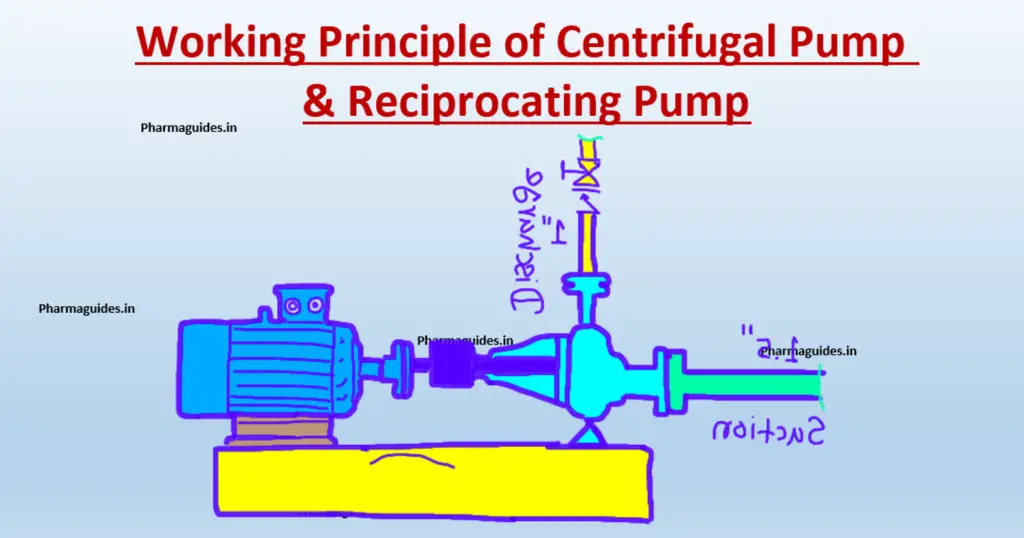
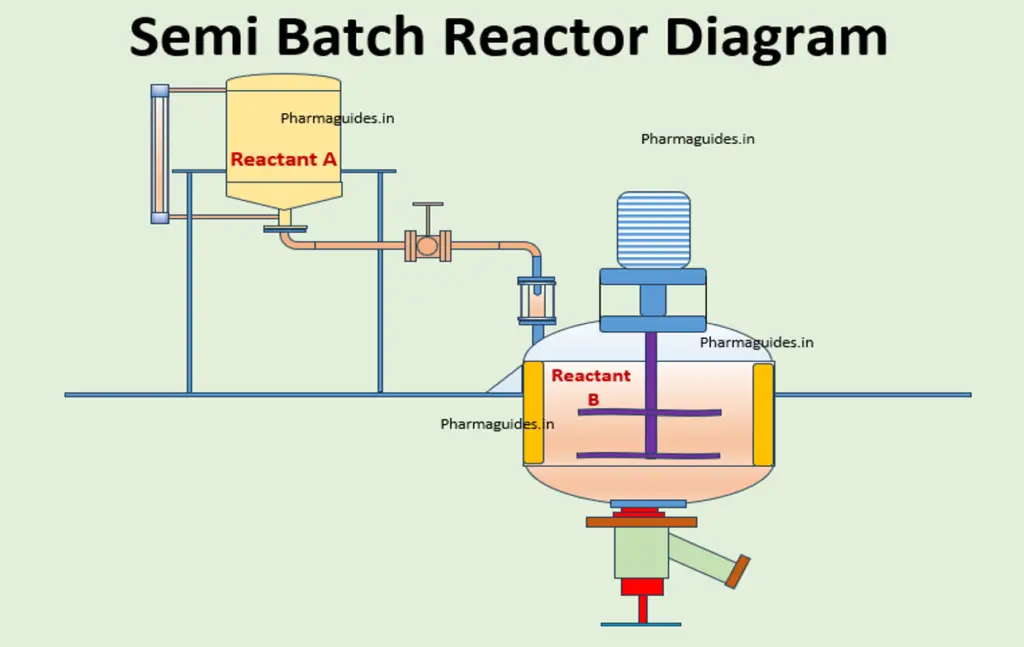
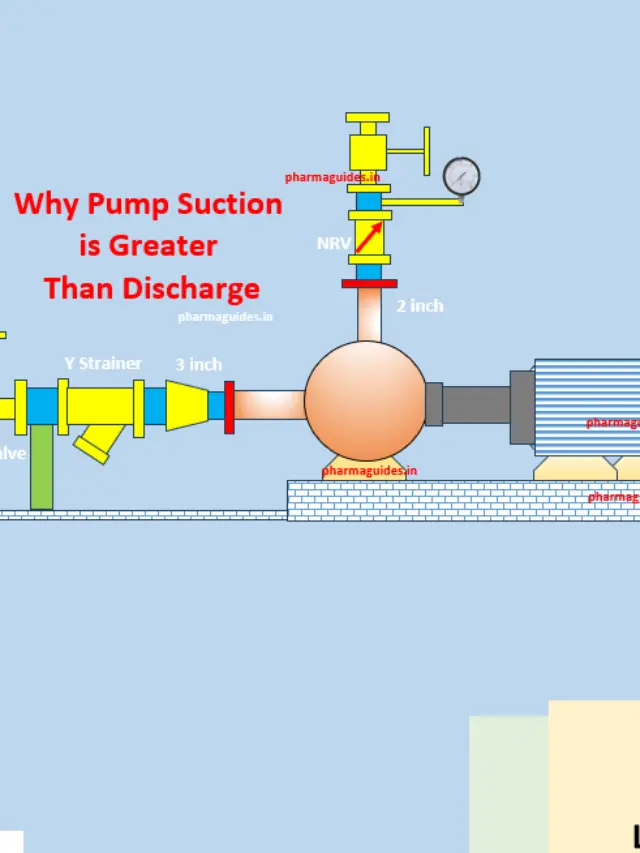
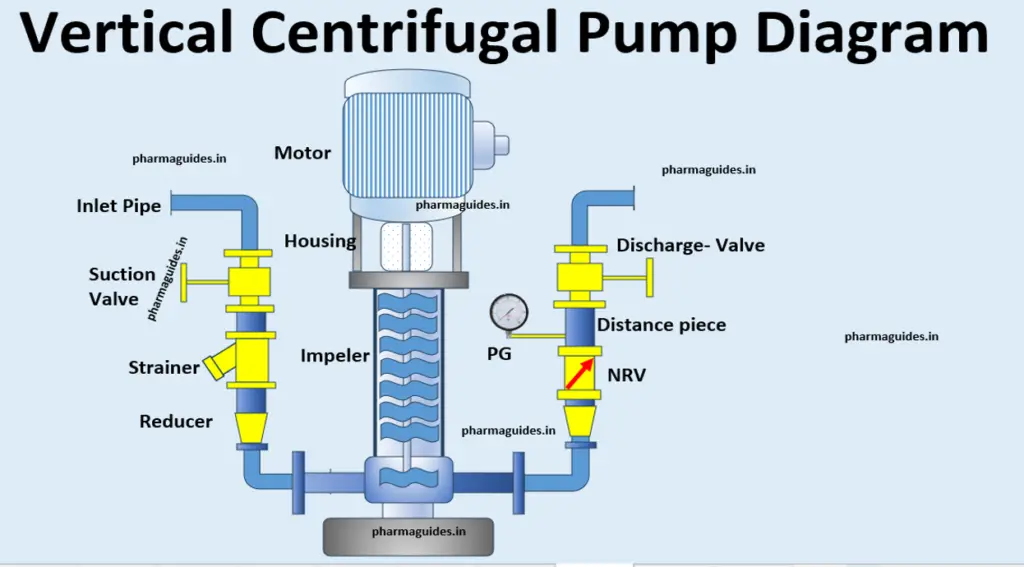
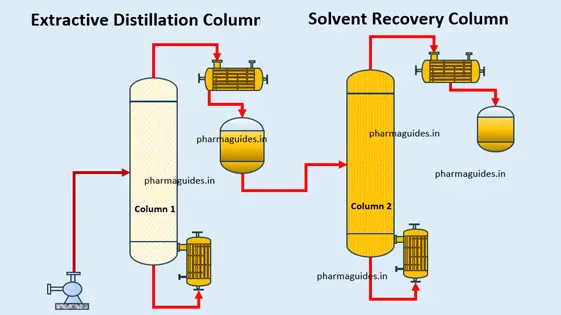
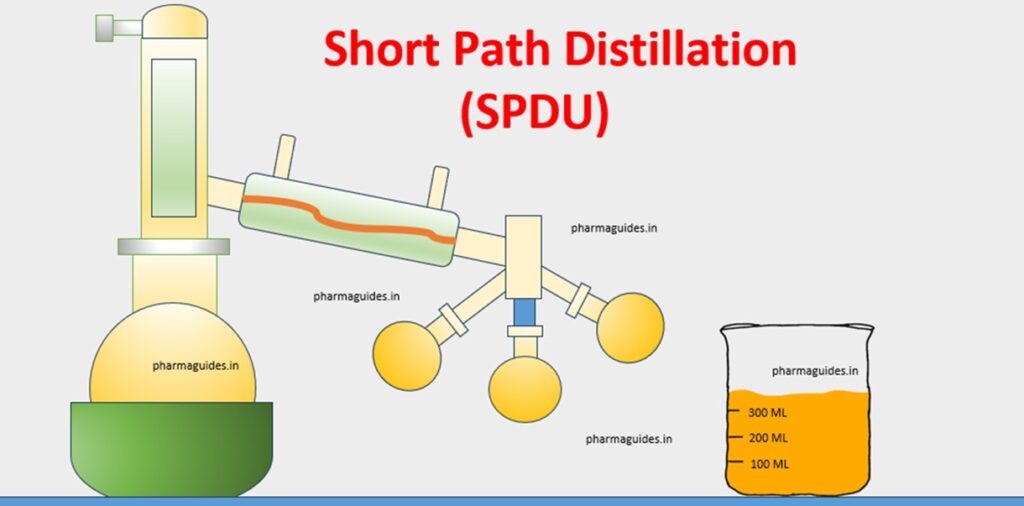

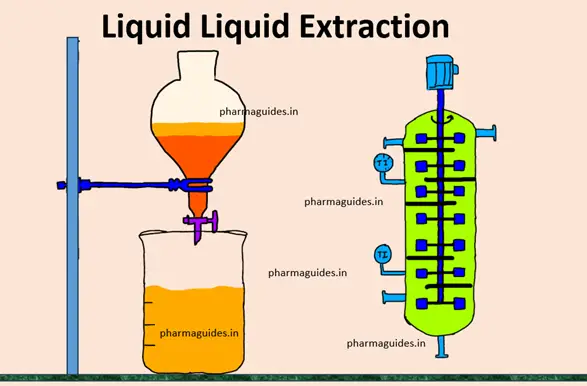
1 COMMENTS
Comments are closed.